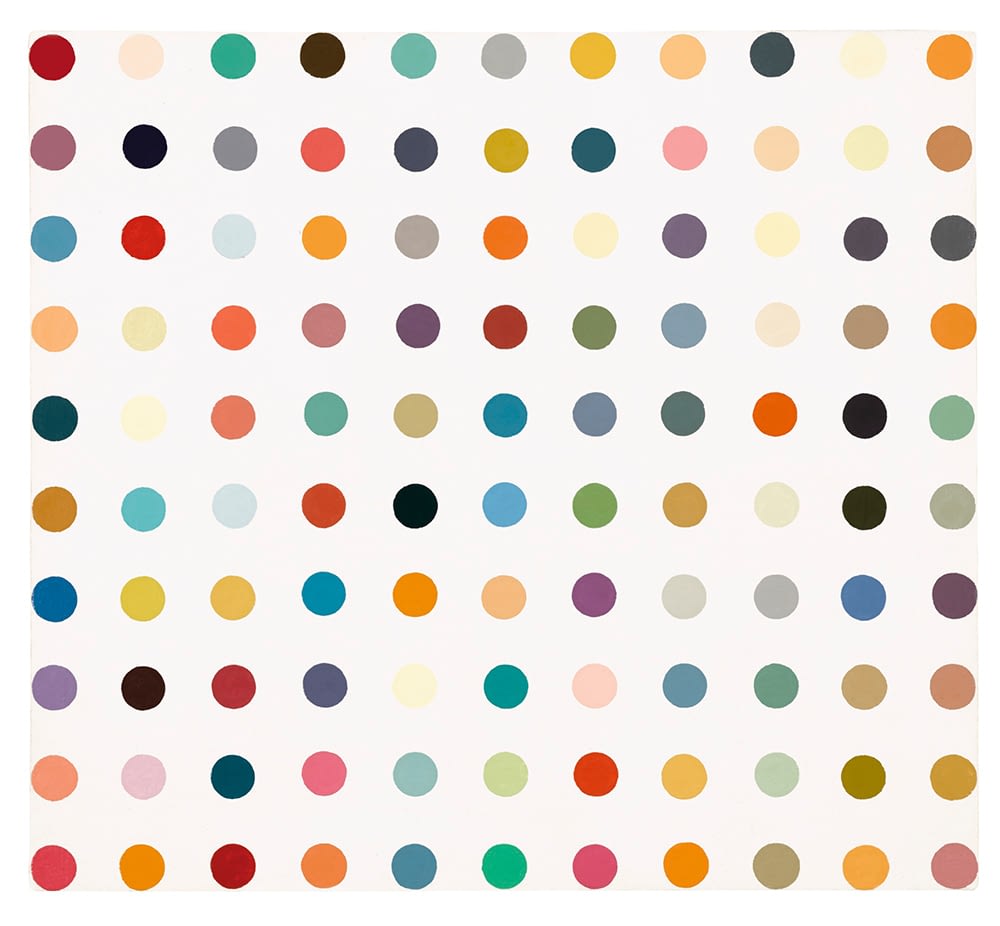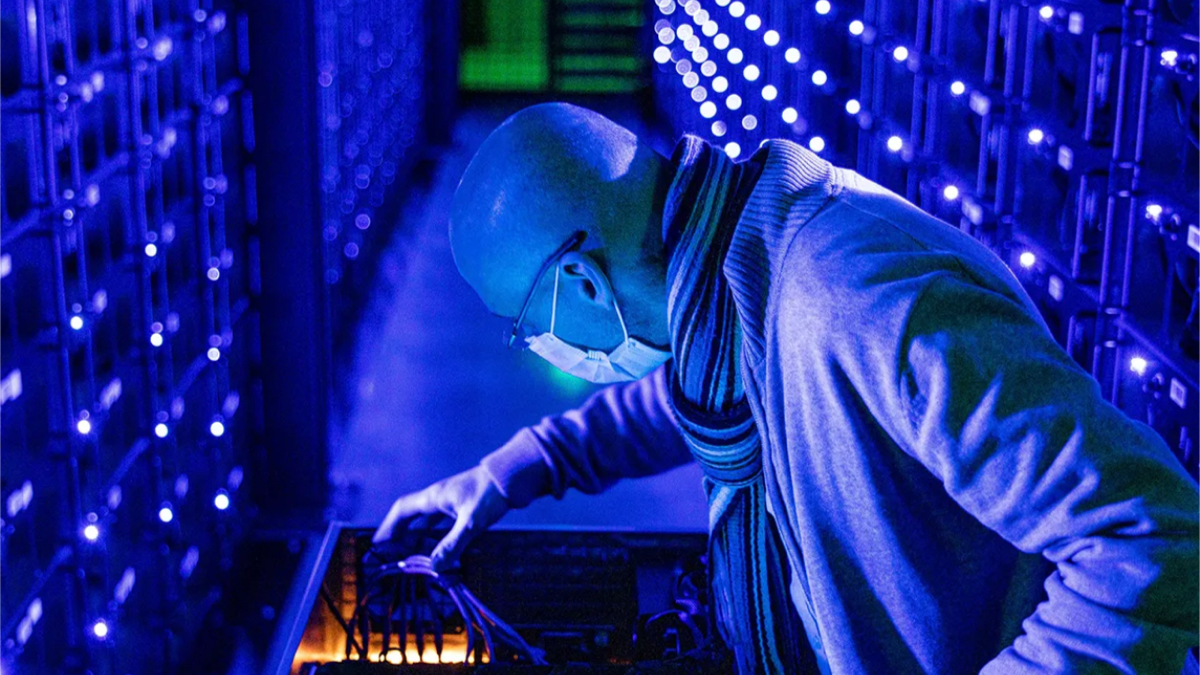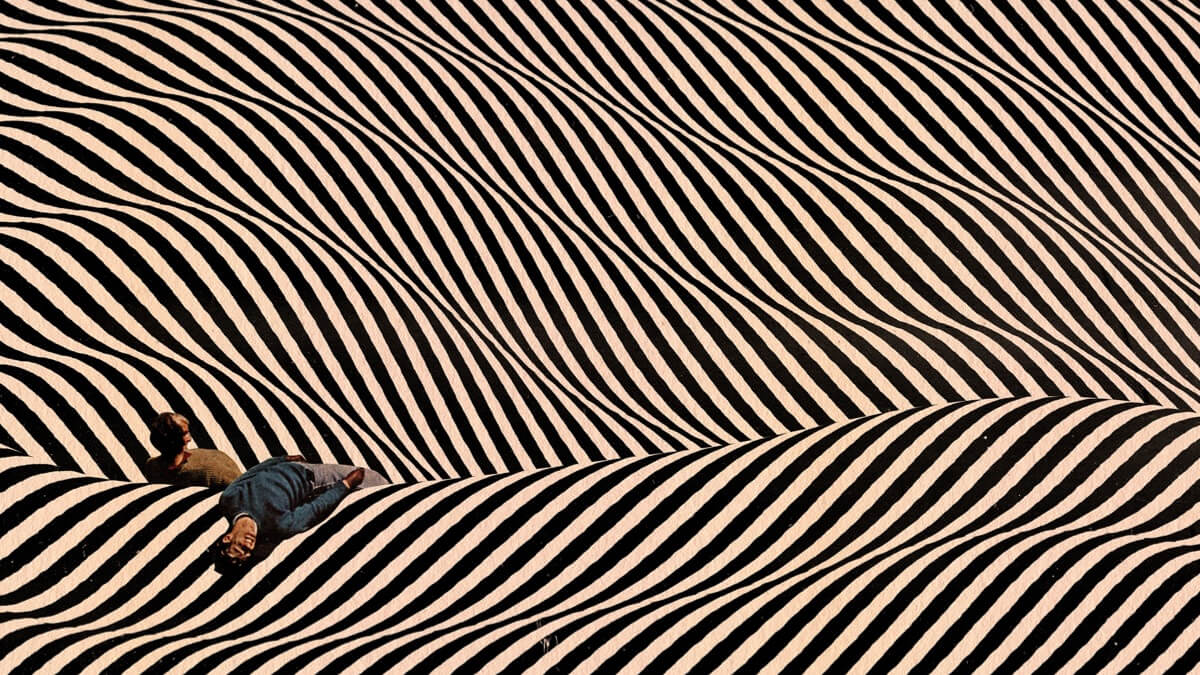
How Famous Artists Adapt to Digital Art
Digital art covers a wide variety of technologies: 3D modeling, telecommunications, virtual reality, artificial intelligence, NFTs, augmented reality… All these new technologies are new tools for artists! While some have specialized in digital art from the start, famous artists are becoming more and more interested in it. Let’s discover an overview of five famous artists who are adapting to digital art.
David Hockney, impressionist digital art
Recently, David Hockney benefited from a major exhibition at the Musée de l’Orangerie in Paris. It was a single large painted frieze, but it was not painted with a brush and paint. No… The artist created all of his work on an iPad!
Like the impressionist painters, he wanted to immortalize the change of seasons, the effects of light, texture and color that he saw. But David Hockney has always mixed traditional painting with innovative techniques. This time, it was with his finger and a software specially designed for him that he created this 90-meter-long digital painting!
Marina Abramović, art in virtual reality
Marina Abramović is a performance artist who has produced numerous photos, videos and installations. Her artistic practice is already broad and polymorphic. She constantly questions the status of the artist, her presence, her relationship with the public, and with others.
But in 2019 she went further and used new technologies to create a digital work of art. The performance was… In virtual reality! The public was invited to wear a VR headset and enter an empty room. There stood a 3D model of the artist, who performed the performance.
A clever way to intervene and make people think about the place of the artist, while staying on her couch!
Jeff Koons, the digital art marketing pro
Jeff Koons is used to new technologies. To create his works, he regularly calls on engineers and 3D modelers to design his works on a computer before sending them to production.
Nevertheless, Jeff Koons took a step forward in 2017 when he collaborated with Snapchat to offer augmented reality works in public places. The principle was simple, the user just had to point the Snapchat camera towards a place to see the work displayed.
He went into digital art again, by offering NFTs of 3D models of his works, or by creating works specially designed for the metaverse.
Damien Hirst, digital art or crypto art?
Damien Hirst is used to provocation . This is also how he made himself known, being one of the members of the YBA (Young British Artist), a group of artists who are characterized by a certain cynicism.
Since 1986, Damien Hirst has been creating Spot paintings. Today there are more than 1,000. These are paintings representing circles of color, juxtaposed, without the artist ever intervening.

In 2021, he announced a drop of 10,000 NFTs called The Currency, which consists of a digital version of his Spot paintings. A totally assumed way of using digital art not to create, but to question the definition of artistic value.
Ai Weiwei, the hyperconnected artist
For a long time, Ai Weiwei has built an image of a multimedia artist. He uses photography as well as marble sculpture, installation or social networks. Through all these mediums, he denounces injustice and totalitarianism. He uses his personal experience as a Chinese dissident to develop an artistic relationship with the notion of power.
He sees his role as an artist as that of an activist. However, an activist in the 21st century must be hyperconnected. Also, all his speeches on social networks, his relationship to selfies and telecommunications, must be seen as an extension of his work. In fact, we can almost say that Ai Weiwei adapts to digital art at the same pace that new technologies appear.
Ultimately, digital art is a very broad concept. The previous examples show the variety of its manifestations, without it being possible to confine it to a specific artistic trend. No doubt it is more appropriate to consider new technologies as a new tool available to artists, in the same way as brushes, pigments or canvas. What do you think ?

About Artsper
Founded in 2013, Artsper is an online marketplace for contemporary art. Partnering with 1,800 professional art galleries around the world, it makes discovering and acquiring art accessible to all.
Learn more













